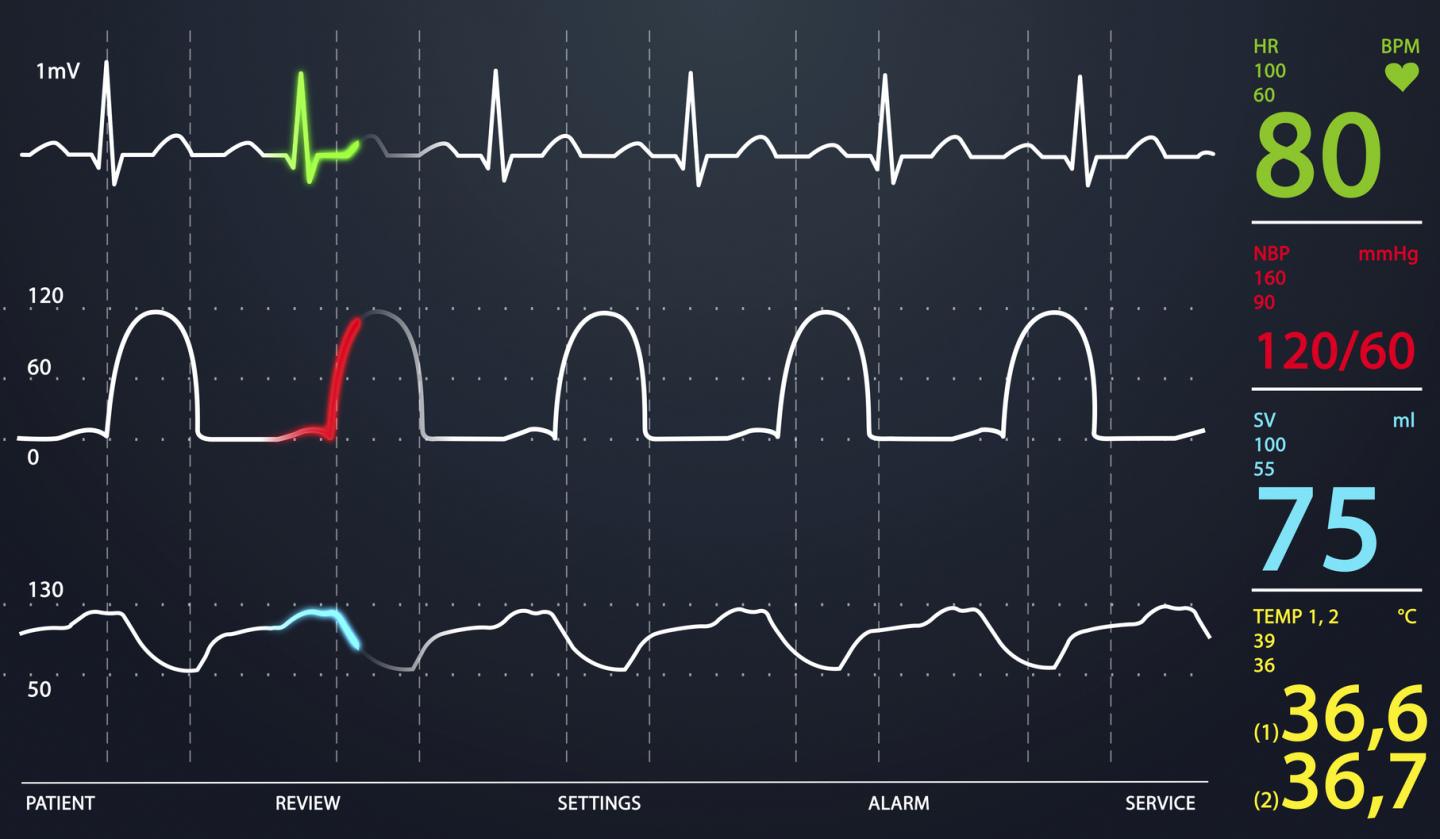
Credit: Intermountain Medical Center
Researchers at Intermountain Medical Center in Salt Lake City, along with researchers from four other centers, including Harvard Medical School, have found that patients with a lower heart rate who are in septic shock have a better chance of survival than those with an abnormally rapid heart rate.
"Three out of 10 patients who suffer from septic shock end up dying in the hospital," said Sarah Beesley, MD, a pulmonary and critical care medicine specialist at Intermountain Medical Center. "Any research-based interventions we can offer that improves the outcomes of these patients will help reduce their chances of mortality."
Results from the study are published in the October 2016 edition of Critical Care Medicine, a publication of the Society of Critical Care Medicine.
The research project, led by Intermountain Medical Center researchers, was a collaborative effort with the University of Utah School of Medicine, the University of Chicago, Beth Israel Deaconess Medical Center, and Harvard Medical School.
Sepsis occurs when an infection in the body disrupts normal operations of the organs and creates an exaggerated total-body response. The infection becomes so overwhelming the patient needs life support and antibiotics to survive. Rapid heart rate is common in patients in septic shock.
Researchers identified 1,554 patients who had been hospitalized with septic shock. Forty-four percent met the criteria for bradycardia, or a heart rate lower than 80 beats per minute, at some time during the course of treatment.
Twenty-eight days following discharge, patients from the bradycardia group had a mortality rate of 21 percent, while patients who never experienced bradycardia had a mortality rate of 34 percent.
Patients with an average lower heart rate below 80 beats per minute reduced their chances of dying from septic shock by 13 percent, according to the study.
Lower heart rates in the patients evaluated in this study occurred naturally, meaning nothing was administered to the patient that would slow down their heart rates. However, the study suggests future research is necessary to evaluate whether medical interventions that reduce the heart rate can help decrease the mortality of patients in septic shock.
"Our research adds to the body of literature on bradycardia and septic shock to improve outcomes of patients who are on life support," said Dr. Beesley. "It supports the concept of continuing down this vein of research and lays the groundwork for future research that improves patient outcomes."
###
Media Contact
Jess C. Gomez
[email protected]
801-718-8495
@IntermtnMedCtr
http://www.ihc.com





